Hagoromo no Ma
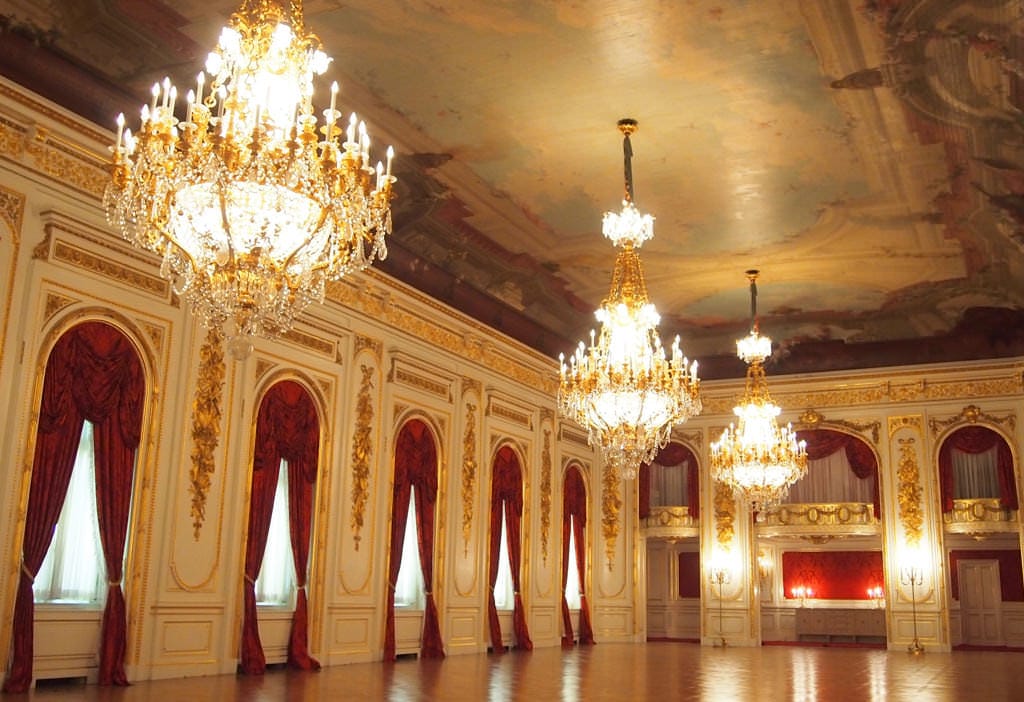
A Stunning Ballroom Where the Heavenly Maiden Dances
Situated on the west side of the State Guest House, Hagoromo no Ma is so called for the large ceiling painting inspired by a passage from the Noh play Hagoromo ("Robe of Heaven"). A grand space in shades of gold and scarlet, adorned with mirrors, it was formerly referred to as the ballroom. It also hosts ceremonial welcomes in inclement weather, or serves pre-dinner drinks for guests.
Highlights
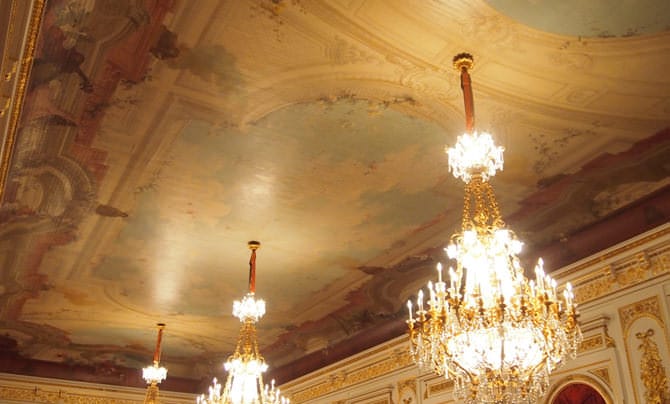
Ceiling Painting Inspired by the Noh Play Hagoromo ("Robe of Heaven")
The ceiling is a French artist's interpretation of a passage from the Noh play Hagoromo, "Flower petals are dancing in the sky. I hear music. A wonderful perfume fills the air." Adopting the perspective of a viewer standing in the building's courtyard looking heavenward, the painting depicts the immediate aftermath of a heavenly maiden alighting on Earth. Plumes of fragrant smoke billow from censers painted on all four corners and the air is filled with a flurry of red and pink flowers.
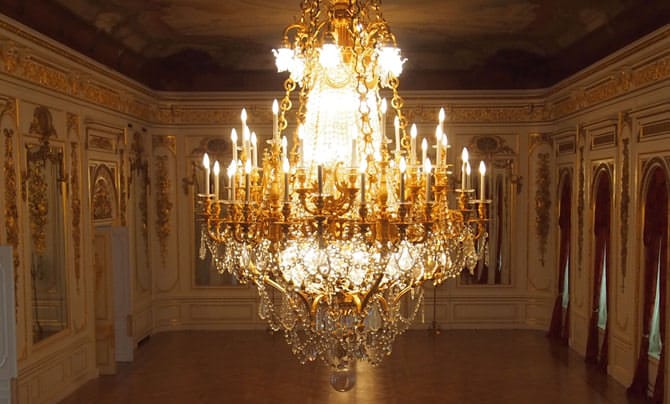
The Most Magnificent Chandeliers in the Palace
The three chandeliers that light this hall are the largest and most ornate in the Akasaka Palace, comprising approximately 7,000 separate parts, most of them crystal. The scintillating ornamentation includes ballroom motifs such as European-style masks and musical instruments.
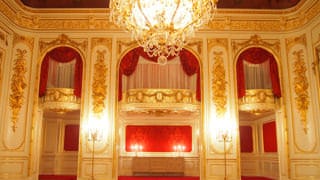
Musicians' Gallery
The mezzanine on the north end of the space holds a musicians' gallery, where music was played during balls.
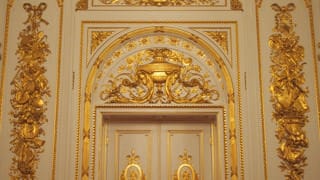
Wall Relief
The reliefs on the walls show European-style masks and Western musical instruments like the violin, and Japanese musical instruments including the biwa lute and tsuzumi drum, combining motifs from the East and the West.
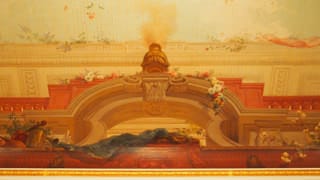
Trompe-l'oeil Ceiling
Painted pillars and chimneys are laid out to force an illusion of three-dimensional objects, depending on where the viewer stands.
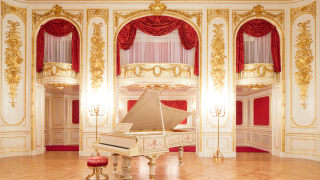
Érard (French) Grand Piano
Purchased in 1906 when the Crown Prince’s Palace was built to be placed in the Hagoromo no Ma. It is decorated with special ornaments along with the imperial chrysanthemum crest.
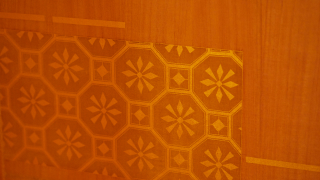
Kirikane Folding Screen (Work of Living National Treasure Saita Baitei)
Kirikane is a type of traditional craft. Gold, silver, and other types of foil are cut into long, thin lines, triangles, and squares, then glued together to create the design.
You may pay for a visit without prior reservation/with sign-in reception on the day of your visit.

![The State Guest House, Akasaka Palace [SP]](https://www.geihinkan.go.jp/wp-content/themes/geihinkan/assets/img/akasaka/common/toplogo_akasaka_sp_bk_en.png)
![The State Guest House, Akasaka Palace [PC]](https://www.geihinkan.go.jp/wp-content/themes/geihinkan/assets/img/akasaka/common/toplogo_akasaka_bk_en.png)